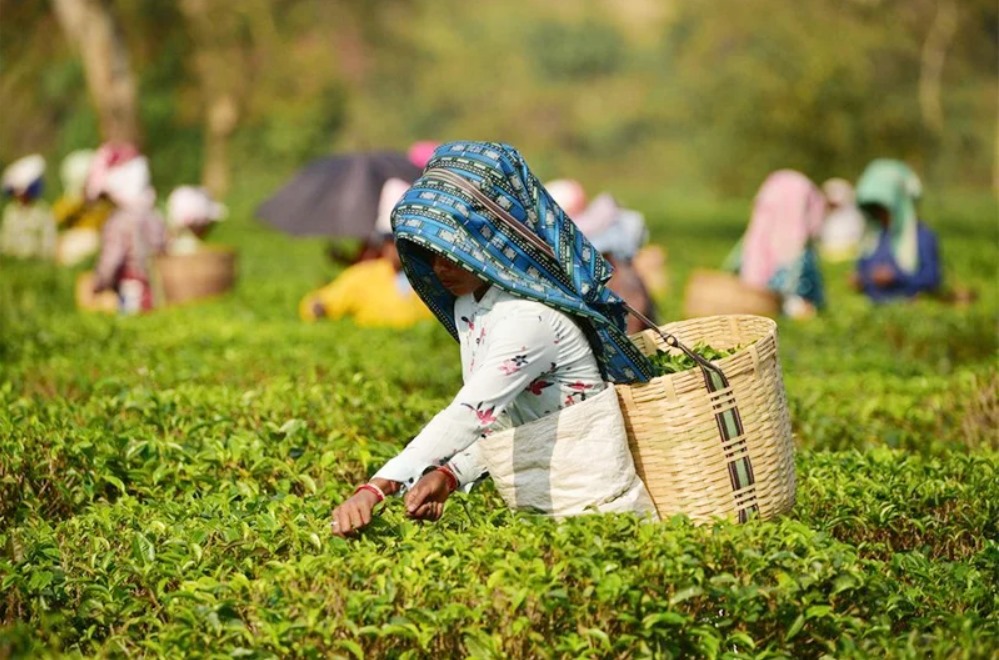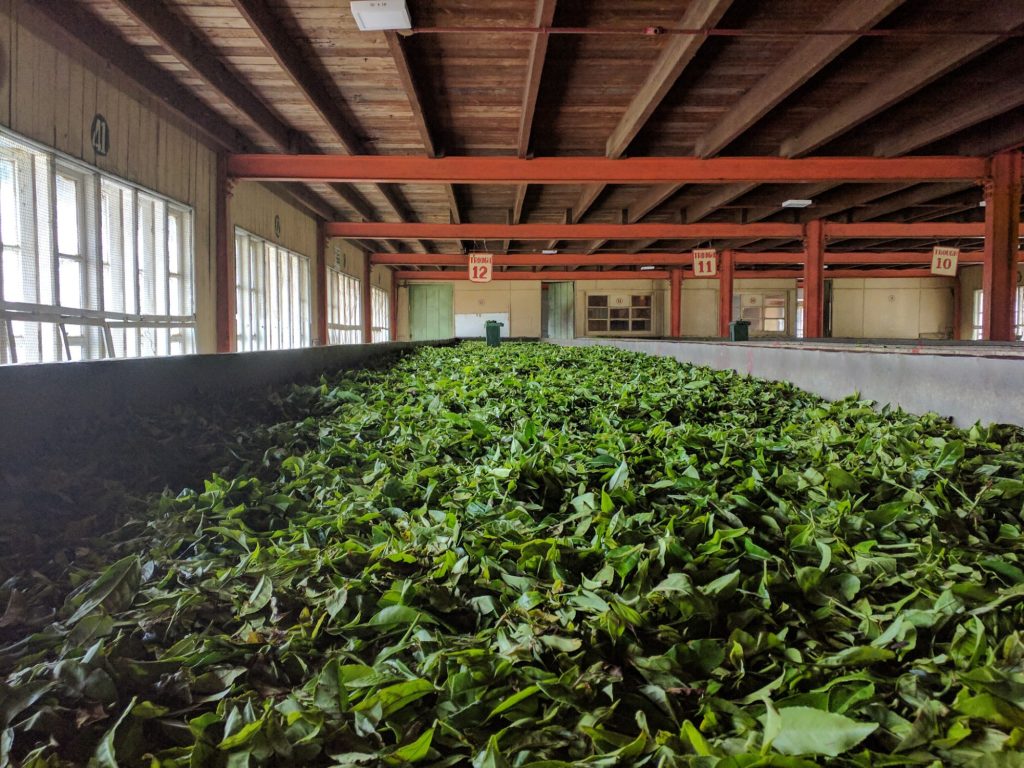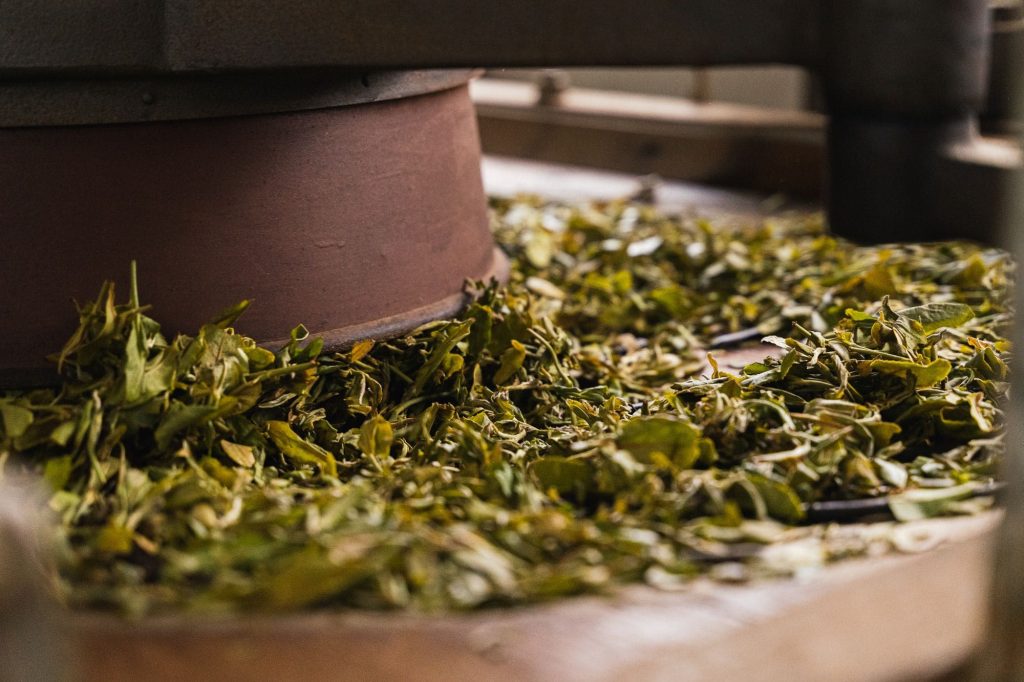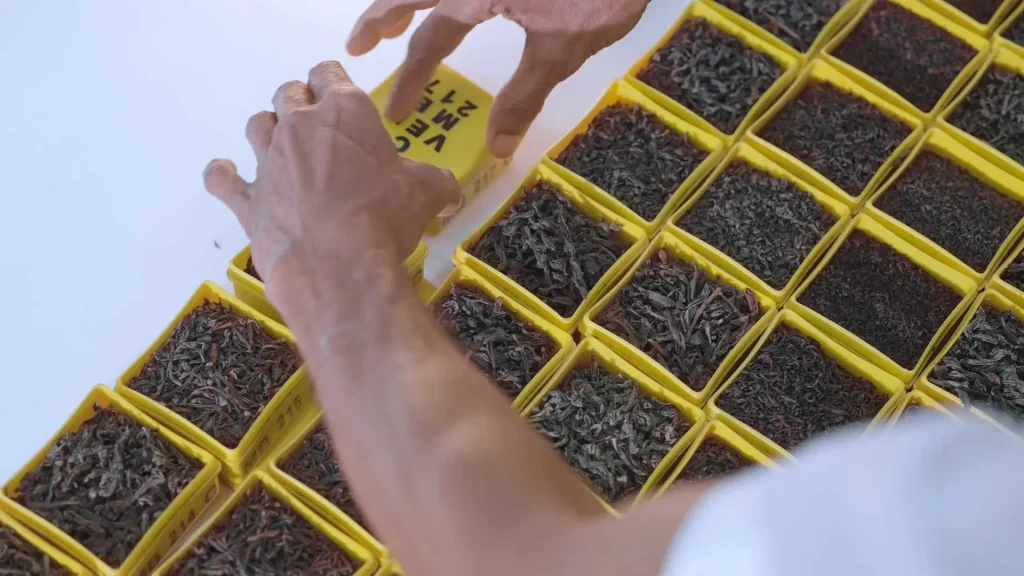The Art of Sri Lankan Tea: From Leaf to Cup
Tea isn’t just a drink in Sri Lanka — it’s a ritual, a heritage, and a connection to the highlands. At The Glenrock, our teas are locally sourced …
1. The Legacy of Ceylon Tea
Sri Lanka, once known as Ceylon, is synonymous with the world’s finest teas. The island’s perfect mix of altitude, rainfall, and misty air produces tea with distinct aroma and strength. Though rooted in colonial history, today Ceylon tea stands as a symbol of pride and sustainability — supporting thousands of families across the hills.
Tip: Ask our staff about the different regional teas — from Nuwara Eliya’s light floral teas to Ruhuna’s bold, dark brews — and discover which matches your taste.
2. Step 1: Plucking – “Two Leaves and a Bud”
Every premium tea begins in the fields. Expert pluckers carefully harvest two leaves and a tender bud by hand — a delicate, rhythmic process that ensures only the most flavorful leaves are chosen.
Tip: When visiting a tea estate, take a moment to join the pluckers in the field. It’s a humbling experience that reveals how much care goes into a single cup.
3. Step 2: Withering and Rolling
After harvest, the leaves are spread thinly to wither, losing moisture and becoming soft. They are then rolled, releasing natural oils and enzymes that start to build the tea’s flavor foundation.
Tip: If you visit a factory, breathe in the air during withering — it’s filled with the sweet, grassy scent of fresh tea leaves beginning their transformation.
4. Step 3: Oxidation (Fermentation)
During oxidation, the leaves rest in a cool, humid environment, slowly turning from green to deep copper-brown. This is where the tea’s strength, color, and aroma develop.
Tip: The longer the oxidation, the stronger the tea. If you prefer lighter flavors, try green or white Ceylon teas, which skip this step.
5. Step 4: Firing and Grading
Once the perfect aroma is achieved, the leaves are fired with hot air to stop oxidation. The result is crisp, dry tea ready for grading — sorted into categories like Orange Pekoe (OP) for large leaves and BOPF for finer blends.
Tip: The grade doesn’t mean quality — it’s about leaf size. Try sampling both a whole-leaf and a broken-leaf tea to compare flavor intensity.




